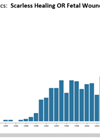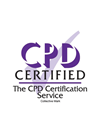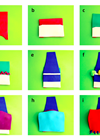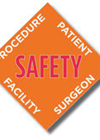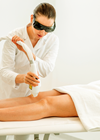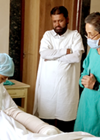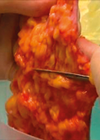Features archive for 2018
Topical phenytoin effect on pressure ulcers healing: A literature review of the evidence
A pressure ulcer (PU) is a localised injury to the skin and / or underlying tissue usually over a bony prominence, because of pressure, or pressure in combination with shear (EPUAP/ NPUAP 2009/PPPPIA 2014). Bennett et al. [1] claimed total...
Life after medicine
Our Editor, Andrew Burd, renowned burns surgeon, takes us on a fascinating journey from his early days as a medical student travelling in the USA through his search for scarless healing in the 1980s and finally to his current work...
Facial veins – diagnosis and treatment options
Facial veins can be treated with a wide range of aesthetic and surgical procedures. Victoria Smith and Professor Mark Whiteley, both experts in the area, provide a comprehensive overview of diagnosis and the different treatment options available. Patients with unwanted...
The creation of PlayDoh® models as an educational tool for teaching anatomy of the eyelid
A full understanding of the anatomy of the eyelid is essential for oculoplastic surgeons; the authors guide us through an innovative way to improve the teaching of this important subject. An understanding of the anatomy of the eyelid is essential...
A suggested management pathway for rhinophyma and benign superficial skin lesions that includes the use of plasma
Rhinophyma is an aesthetic embarrassment to many people. It is the result of sebaceous gland hyperplasia within the skin over the alar cartilages of the nose. It has a familial tendency and in addition to being unsightly it can commonly...
A practical guide to the most commonly used dressings in wound care
The author explores and reviews the most popular classes of dressings used for acute, chronic and problem wounds, their properties and indications based on direct observation and research studies. With an ever-increasing armamentarium of wound care tools, different brands and...
Raising the bar for safer cosmetic surgery in the UK – part 2
In the second of a two-part article (see Part 1 here) Professor James Frame, from the Anglia Ruskin University, gives us his opinion on what needs to be done to improve cosmetic surgery and patient safety in the UK. Medical...
Laser safety – do you think you are safe?
The author explains the importance of proper qualifications and training to ensure both patients and practitioners are protected. Safety concerns For those working with lasers, safety must be everyone’s concern. We should all be checking equipment and safety glasses routinely,...
Non-surgical lip enhancement: systematic preoperative assessment
Detailed knowledge of the anatomy is important prior to any surgical or non-surgical intervention in this complex area. Dr Samizadeh takes us through her pre-procedure analysis. The most frequent location for faciaaestheticl volumising procedures is reported to be the lips...
Burns care in India: unique and continuing challenges
The author interviews Dr Shobha Chamania, Chief of Choithram Hospital Burn Unit, to obtain an insight into the unique challenges burns care practitioners face in India. Choithram Hospital Burn Unit is an Interburns accredited training centre located in Indore City,...
Raising the bar for safer cosmetic surgery in the UK – part 1
In part one of a two-series article Professor James Frame, from the Anglia Ruskin University, gives us his opinion on what needs to be done to improve cosmetic surgery and patient safety in the UK. Cosmetic surgery is most easily...
Overview of non-invasive treatments for submental fat reduction
Submental fat (SMF) is a growing aesthetic problem that is colloquially known as a ‘double chin’. It is a concern for both younger and older male and female patients. The 2017 American Society for Dermatologic Surgery Consumer Survey on Cosmetic...



